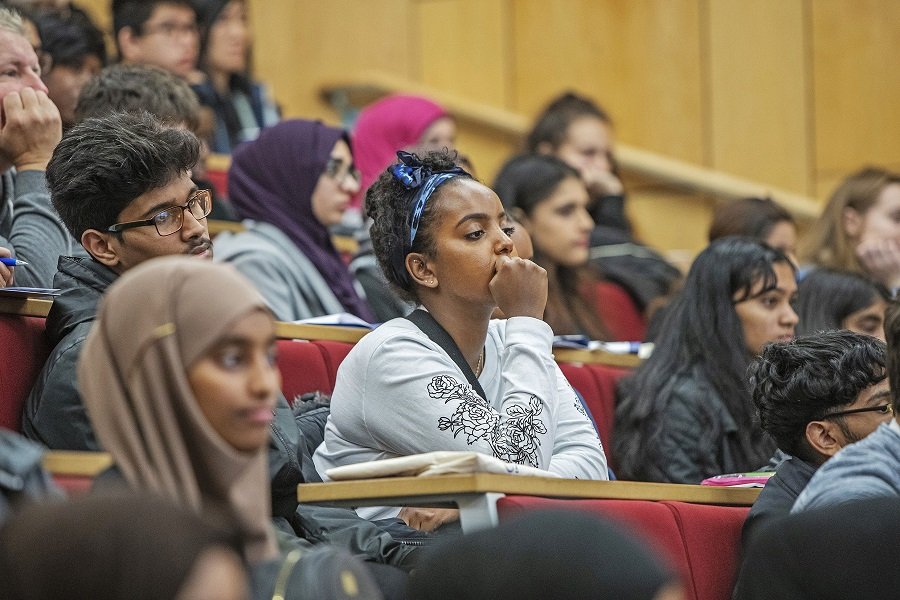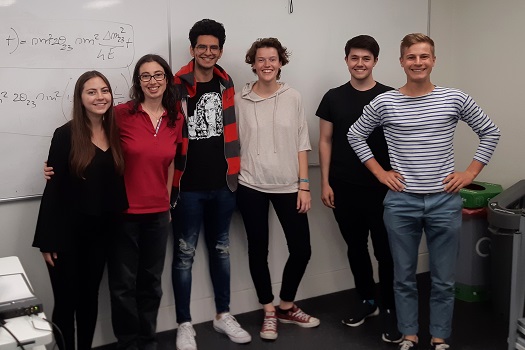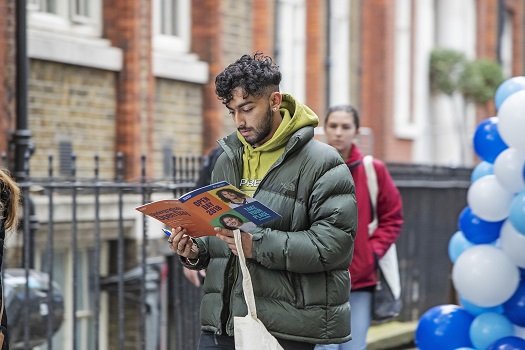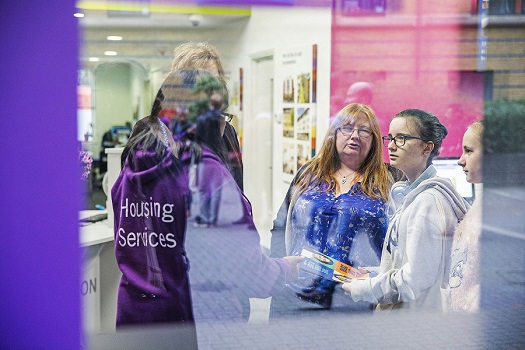Teaching and assessment on the Queen Mary Summer School

As a member of the Russell Group, Queen Mary University of London is one of the world’s top research universities. As a Summer School student at Queen Mary, you will study in an environment famous for the quality of its teaching and research
Our teaching is research informed and your classes will challenge your thinking. We pride ourselves on offering you excellent teaching, and doing our utmost to ensure you have an intellectually rich and personally rewarding stay with us.
Teaching
Each Summer School module will consist of 48 contact hours over the three weeks, along with 150 hours of independent study. Teaching will take place between 10 AM and 3 PM, Monday to Thursday, with Friday remaining free for personal study and sight-seeing.
The methods of teaching will vary course-by-course, so it is recommended that you read the profile of your chosen course for further detail and you can access a full syllabi from the overview section of the module in the What can I study section. There may also be field trips factored into your course timetable, to contextualise your studies and give you ‘real-life’ insights into the wider aspects of your subject. You’ll be taken to see places and meet experts that other people won't always get to meet.


Assessment
Each course on the Queen Mary Summer School features an assessment component – this may be an essay, presentation, in-class test or combination of them all. The assessment element is not compulsory, but if you wish to claim credit for your study then you will need to complete the assessment.
Your academic transcript will show you a percentage mark for each of the Summer School courses you have completed. You will receive your transcript through our secure digital platform Gradintelligence and you will be invited to sign up for this portal during the enrolment process.
Credit value and transfer
The Queen Mary Summer School courses are worth 15 Queen Mary credits. Usually, the 15 credits we award for each three-week Summer School session translate to 4 credits in the US system and 7.5 ECTS in the European system.
You must work with your home adviser/international office to confirm any credit transfer arrangements and we would suggest you complete this process prior to arriving at Queen Mary.
Our course was very involved in different ways of teaching. We had lectures, discussions, and field trips, but we also made cut-up poems and collages as it was done in the art movements we discussed.— Nathan Schot, Artistic Rebellion in London and Paris



